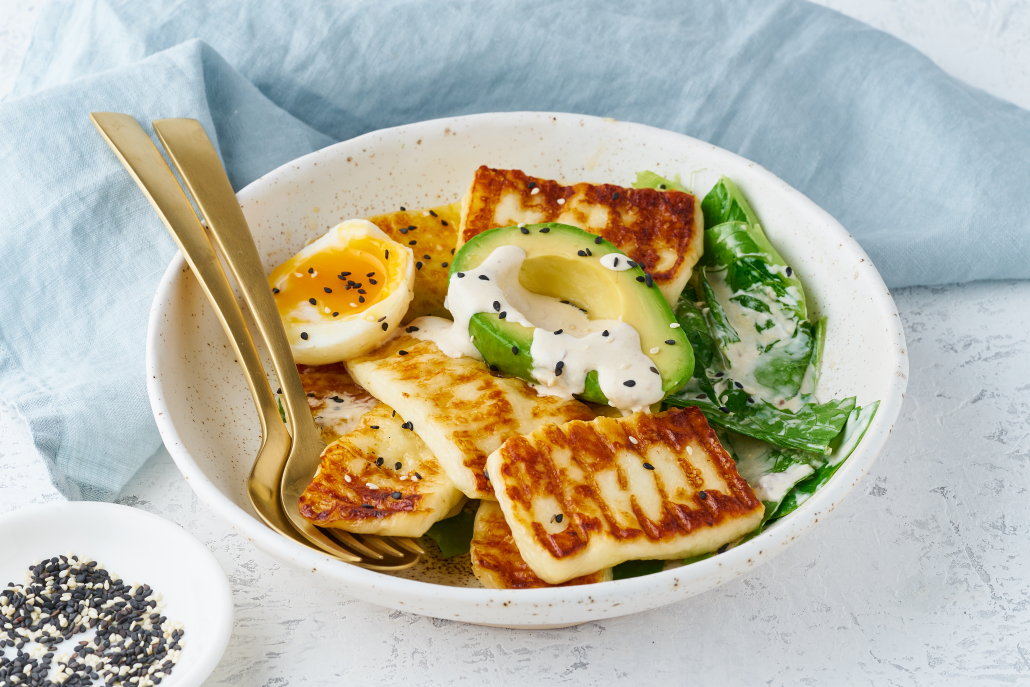The ketogenic diet is designed to shift your body’s metabolism into a state called ketosis. In ketosis, the body relies on fat as its primary source of energy instead of carbohydrates.
Achieving this metabolic state typically involves following a very low-carb eating plan. Most people can maintain ketosis by consuming fewer than 50 grams of net carbohydrates daily. Net carbs are calculated by subtracting dietary fibre from the total carbohydrate intake for the day.
Here are the main principles of a ketogenic diet:
• Carbohydrate Intake: Try to keep your daily carb intake at 50 grams or less, or about 15 grams per meal.
Vegetables: Eat at least five servings of non-starchy vegetables every day. A serving is generally 1 cup of raw vegetables or ½ cup of cooked ones. Including vegetables in every meal makes it easier to reach this goal.
Protein: Aim to consume a minimum of 60 grams of protein daily. Excellent sources include lean meats, fish, and poultry. We also encourage the consumption of plant-based proteins due to their higher fibre content and lower saturated fat content, both of which are beneficial for heart health. Distribute your protein intake evenly across meals, and if you need a snack, choose a protein-based option. Eating protein first during meals can help ensure you’re meeting your requirements.
Healthy Fats: Incorporate heart-friendly fats like olive oil, avocado, and other healthy oils. These fats are calorie-dense and provide sustained energy.
ALSO READ: Harare Council Losing Millions Due to Financial Leakages – Mayor Mafume
Fruits: Since most fruits are high in carbohydrates, they should be limited. Berries, which are lower in carbs, can be included in small amounts (up to 1 cup per day).
Hydration: Drink at least 64 ounces of water daily to stay hydrated and maintain electrolyte balance. Avoid sugary drinks entirely.
Calcium: Aim for 1,200 mg of calcium each day to support bone health. This can come from foods like leafy greens, dairy, or supplements if needed.
One of the benefits of ketosis is reduced hunger, as fat metabolism provides more sustained energy than carbohydrates. This often leads to weight loss when ketosis is consistently maintained. A low-carb diet can also help regulate blood sugar, which is beneficial for diabetes prevention and management.
Planning Your Ketogenic Diet
To keep your meals exciting and nutritious, plan ahead. Choose a mix of vegetables, proteins, and healthy fats that you enjoy. Many low-carb alternatives are now available in stores, making it easier to adapt to your favourite meals.
7-Day Ketogenic Meal Plan
Below is an example of a one-week meal plan, including ideas for breakfast, lunch, dinner, and snacks. Each meal is designed to have 15 grams or fewer of net carbs, while snacks contain 5 grams or fewer. Feel free to customise the plan to fit your preferences and dietary needs.
